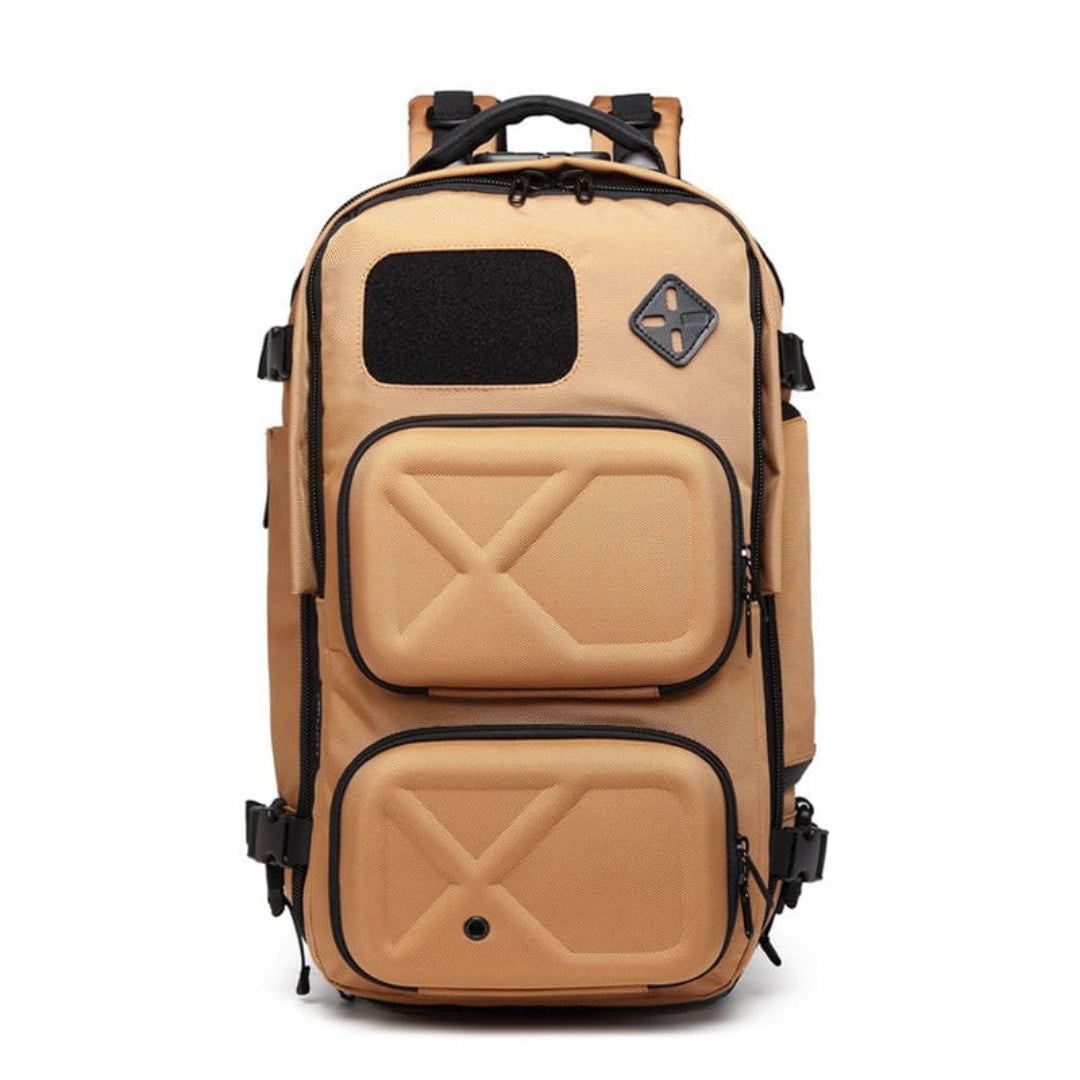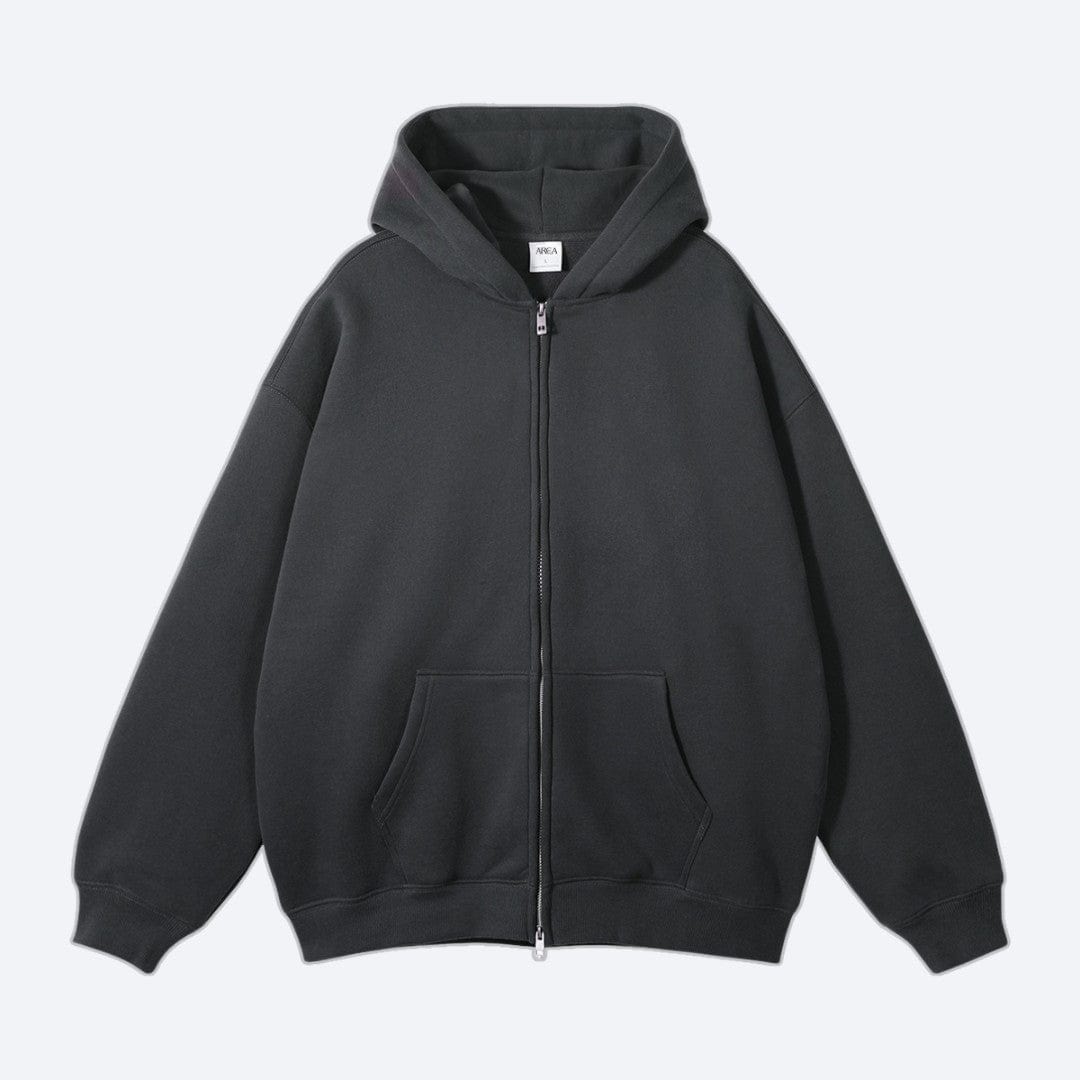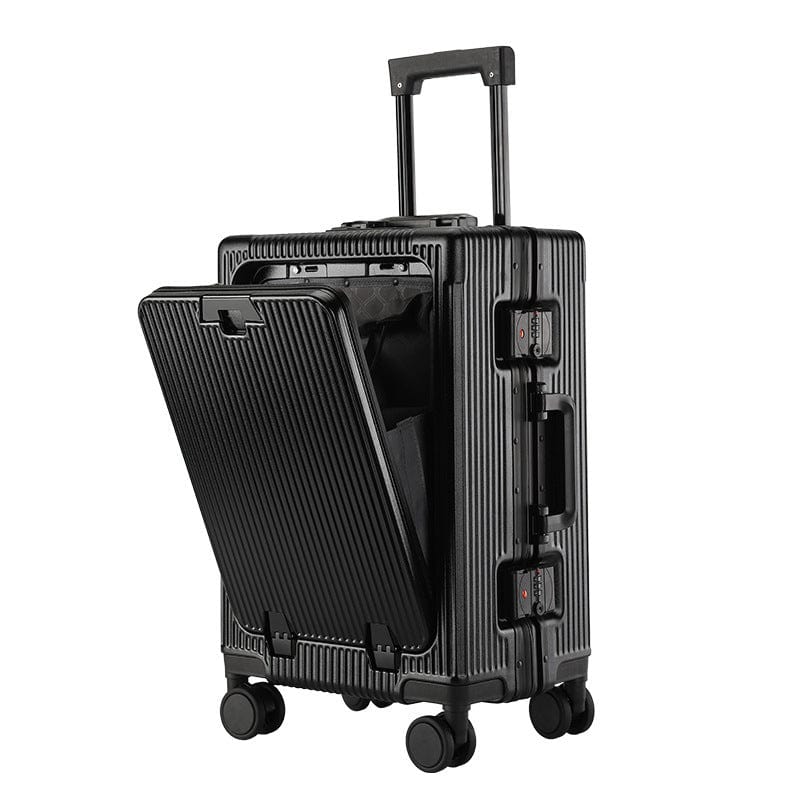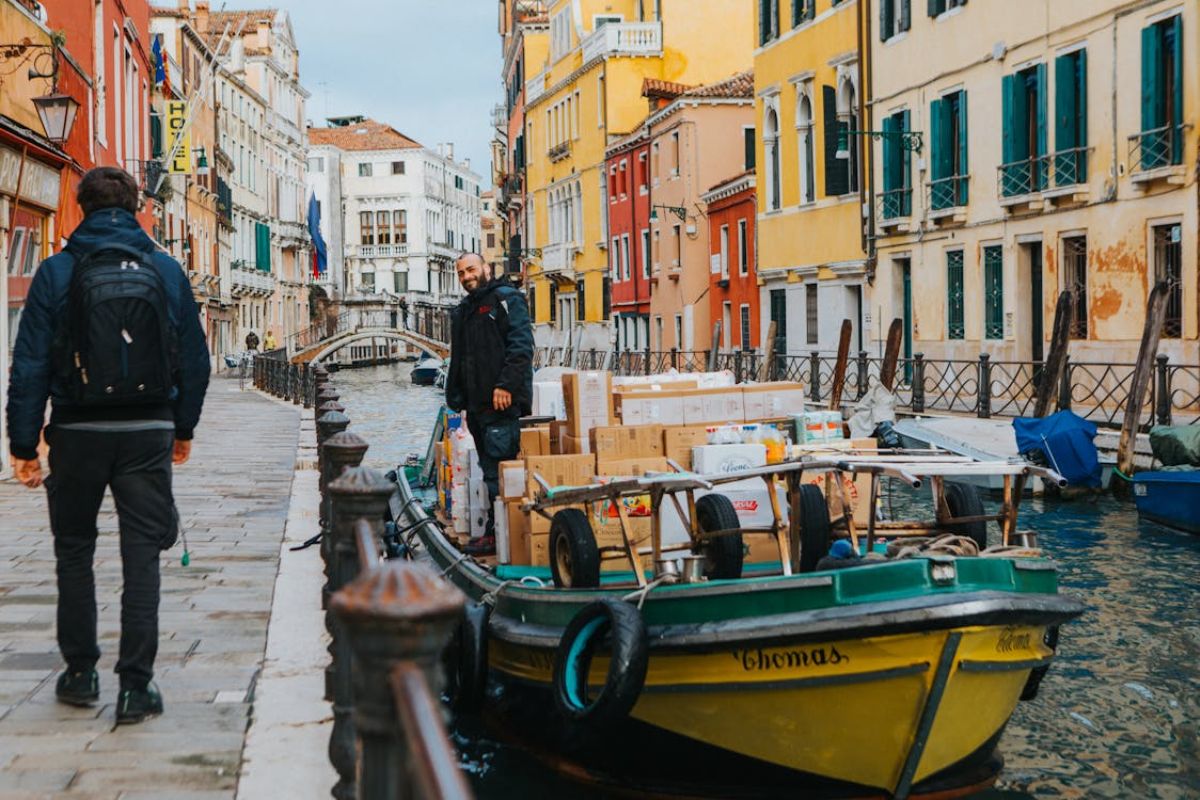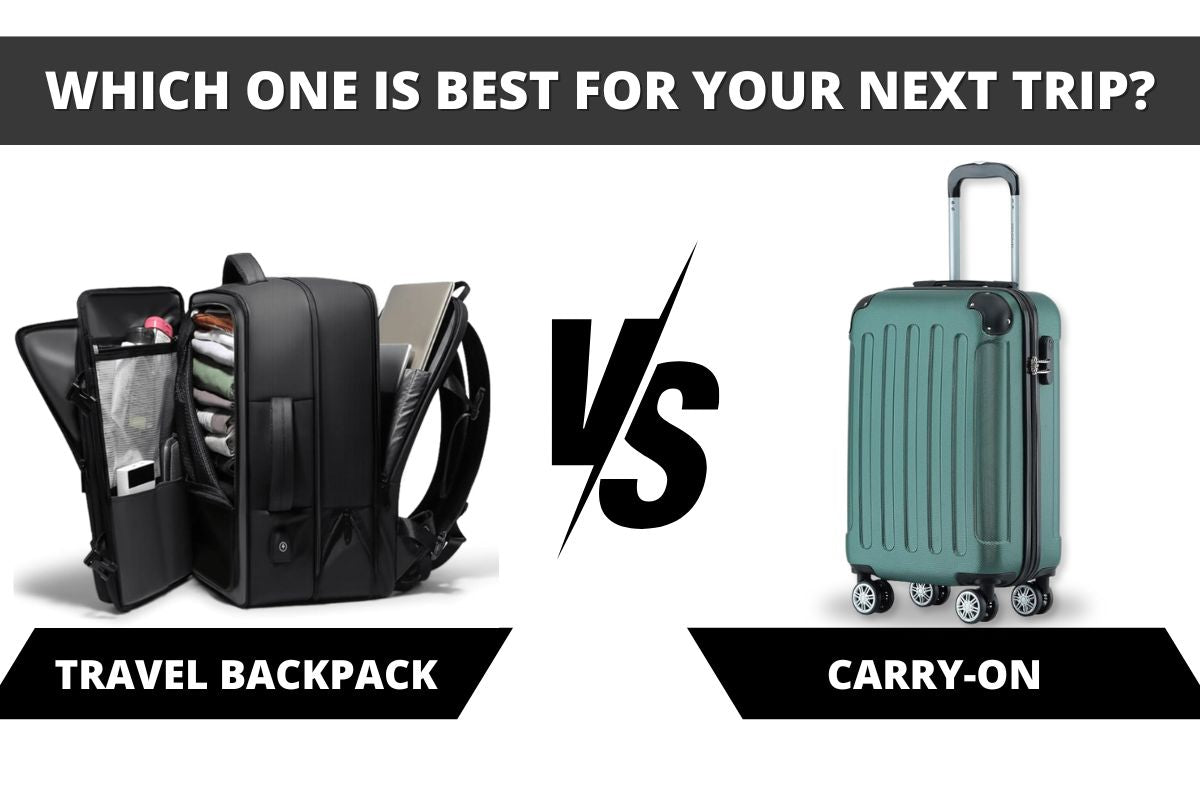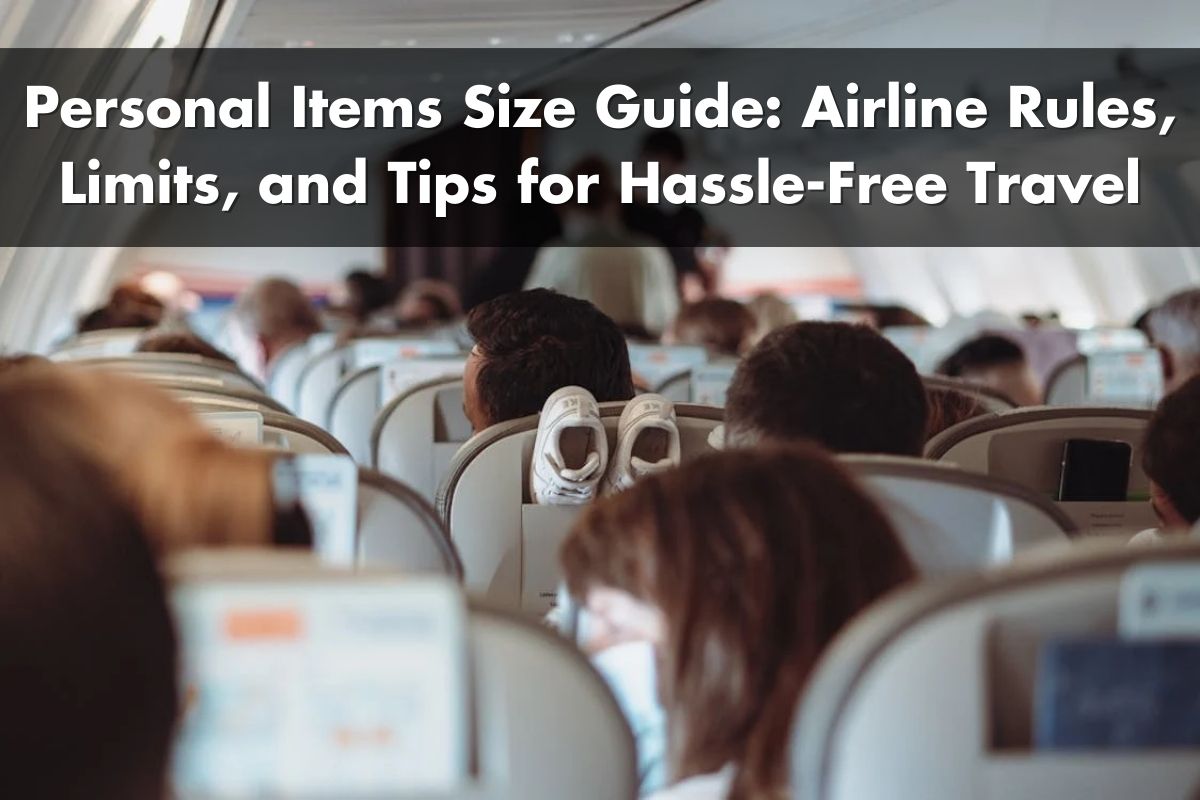Planning a backpacking trip across Europe is exciting, but choosing the right travel backpack can feel overwhelming. With cobbled streets, unpredictable weather, and countless destinations to explore, your backpack becomes your most reliable travel companion. It’s not just about style—it’s about finding something durable, comfortable, and versatile enough to handle the journey.
From packing light to prioritizing essential features like ergonomic design and secure compartments, the right backpack can make or break your trip. Trust me, navigating Europe’s bustling cities and scenic countryside is much easier when you’re not weighed down by unnecessary baggage. Let’s dive into what makes the perfect backpack for an unforgettable European adventure.
Is It Better To Travel With a Backpack or Suitcase?
Choosing between a backpack and a suitcase depends on the travel environment and individual preferences. For European trips, I find backpacks more suitable due to their versatility. Navigating cobblestone streets, staircases in older buildings, or crowded public transport is easier with a backpack compared to a suitcase with wheels. Backpacks eliminate the need to constantly lift and drag luggage, making them practical for urban and rural travel alike.
Backpacks are ideal for keeping essentials organized and accessible. Many travel backpacks include compartments for laptops, clothes, toiletries, and smaller gear like chargers or notebooks. This feature allows for quick transfers and efficient packing, especially when staying in hostels or compact accommodations. Suitcases, while spacious, lack the portability required for Europe’s unpredictable terrains.
Suitcases offer advantages for more stationary trips. For tourists staying in hotels with elevators or traveling to destinations where paved roads dominate, suitcases provide easier access and space. This option works best when comfort ranks higher than mobility. However, the convenience of a suitcase diminishes when faced with uneven streets or long walks.
For extended trips across multiple cities, I recommend a travel backpack. If carrying heavier loads causes discomfort, selecting a backpack with padded straps, an adjustable harness, and a hip belt can distribute weight evenly. Suitcases tend to limit movement, but backpacks adapt better to dynamic travel schedules.
What Size Backpack Should You Buy for Europe?
A 40-50 liter backpack works best for most European trips. It balances portability with adequate storage, making it manageable for travelers navigating cities and rural areas. Smaller backpacks are easier to carry on crowded public transport, store in hostel lockers, or fit in overhead compartments on trains and budget airlines.
Opting for a compact bag minimizes checked luggage fees and reduces travel fatigue from carrying heavy loads. For example, I found a 55-liter bag ideal for my extended trips, but for a two-week European adventure, a 40-50 liter option was more practical. Remember, a smaller bag encourages packing light, meaning you'll move more freely across bustling streets or cobblestone paths.
If convenience is a priority, consider a backpack with a detachable daypack (around 15 liters). The daypack is perfect for carrying essentials like your passport, camera, or snacks, storing larger items in the main pack. When not in use, you can reattach the daypack, keeping everything secure and your hands free.
The Best Travel Backpack for Europe
Choosing the best travel backpack for Europe means focusing on a balance of comfort, durability, and functionality. For most trips, I recommend a backpack with a capacity of 40-50 liters—ideal for carrying essentials without overloading. Backpacks within this range offer enough space for versatile clothing, toiletries, and travel gear while remaining manageable in crowded trains and hostels.
Look for backpacks with an ergonomic design, including padded shoulder straps and a waist belt to distribute weight evenly. Multiple compartments simplify organization, making it easier to access items without digging through your entire pack. Features like lockable zippers add security, especially when staying in shared accommodations.
Durable and weather-resistant materials are critical for withstanding unpredictable European climates. Compression straps help keep packing tight, reducing bulk and aiding mobility on uneven cobblestone streets. A detachable daypack is an excellent addition for carrying daily essentials during excursions while keeping the main pack secure.
Remember, the ideal backpack for Europe doesn't just accommodate your items. It enhances your travel experience by ensuring comfort and convenience from city streets to rural trails.
Get Organized
Efficient organization inside a backpack enhances comfort and saves time during travel. I use packing cubes to separate clothing items like shirts, pants, and undergarments. This keeps items compact and prevents rummaging through the main compartment. Roll clothing instead of folding it to optimize space and minimize wrinkles.
Prioritize accessibility for frequently used items. I place essentials like toiletries, chargers, and travel documents in top compartments or side pockets. Lockable zippers on these compartments reduce the risk of theft. A detachable daypack is ideal for storing smaller necessities like a water bottle, wallet, and power bank for daily outings.
Utilize built-in compartments for smart weight distribution. I place heavier items, such as shoes or electronics, closer to my back to reduce strain and improve balance. Lightweight items, like a rain jacket or snacks, fit best in front or upper spaces. This setup keeps the load manageable during extended walks.
A backpack can make flying easier for budget travelers
Flying with a travel backpack streamlines the airport experience, especially for budget-conscious travelers. Overhead bin space is rarely an issue since backpacks are compact and fit easily into the storage compartments on most planes. This eliminates the hassle of finding room for bulkier suitcases, making boarding faster and less stressful.
Budget airlines often impose strict weight limits, but travel backpacks are lightweight compared to traditional luggage. Most options weigh between 2-4 pounds, leaving more allowance for essentials without exceeding restrictions. Additionally, backpacks help avoid checked luggage fees, a significant cost-saving measure for frequent travelers.
Carrying a single backpack promotes mobility and efficiency in tight or crowded spaces. On public transportation or in busy airports, it's easier to navigate without dragging a rolling bag behind. For instance, when rushing through narrow train aisles or catching last-minute flights, a backpack allows quicker movement and less delay.
The ergonomic design of modern travel backpacks enhances comfort during transit. Padded straps and hip belts distribute weight evenly, reducing fatigue during extended periods of wear. Quick-access pockets keep essentials like passports or boarding passes within reach, eliminating the need to unpack main compartments during security checks. For me, these features make a backpack indispensable for budget travel.
Suitcases are less physically draining — especially on travel days
Carrying a backpack over long periods during travel days can lead to significant physical strain. After hours of walking with my backpack, my shoulders and back felt sore. The uneven weight distribution became even more noticeable when navigating crowded spaces or while waiting to check in at accommodations. In such moments, I often found myself wishing for the simplicity of a suitcase.
A carry-on suitcase eliminates much of this strain by transferring the weight to its wheels rather than my body. Rolling a suitcase through airports, train stations, or smooth urban streets is physically easier, even with heavier packing. For instance, on days packed with transit between cities, pulling a suitcase required far less effort than enduring a heavy pack for hours on end.
Additionally, traveling with a suitcase avoids the issue of bumping into others in crowded spaces, a common problem with larger backpacks. I found navigating narrow corridors or busy platforms more manageable when not having to account for the depth of a bulky pack behind me. This aspect makes suitcases particularly advantageous for dense urban environments where space is limited.
Best Backpack Size & Weight for Carry-On Air Travel
Selecting the right backpack size and weight ensures a stress-free air travel experience. Carry-on regulations typically allow a maximum volume of 45 liters for overhead compartments. For trips within Europe, a smaller 35-40 liter backpack often provides more flexibility, especially on budget airlines with stricter size restrictions. Bags measuring up to 22 x 14 x 9 inches (45L) comply with most US airline standards, while some European carriers limit dimensions to approximately 21.5 x 13.5 x 8 inches.
A lightweight design maximizes packing capacity without the risk of exceeding weight limits. Since airlines often impose weight restrictions, especially on budget flights, it’s essential to keep your backpack's base weight under 4 pounds. Heavier packs leave less allowance for clothing and essentials, increasing the chance of fees. Using a luggage scale helps prevent surprises at the airport. I always weigh my packed bag to ensure it remains under the airline’s limits.
Carrying an oversized or heavy bag complicates navigating tight spaces, like narrow train aisles or airport shuttles. A midsized carry-on backpack offers adaptability for different travel scenarios. It provides sufficient space for one to two weeks of clothing when using packing cubes or rolling items to conserve room. This size also fits hostel storage lockers and public transport overhead spaces, streamlining transitions between destinations.

What to look forward to
Choosing the right backpack can transform your European adventure into a seamless and enjoyable experience. With the perfect balance of comfort, functionality, and durability, you'll be ready to explore everything from bustling city streets to scenic countryside trails without feeling weighed down.
A well-designed travel backpack ensures you're prepared for every step of your journey, offering convenience, mobility, and peace of mind. Whether you're hopping on a train, navigating cobblestones, or squeezing into a hostel locker, the right pack will keep your essentials secure and within reach.
Investing in a backpack that fits your needs means fewer travel hassles and more time to immerse yourself in the beauty and culture of Europe. So pack smart, stay comfortable, and look forward to creating unforgettable memories on your next trip.


